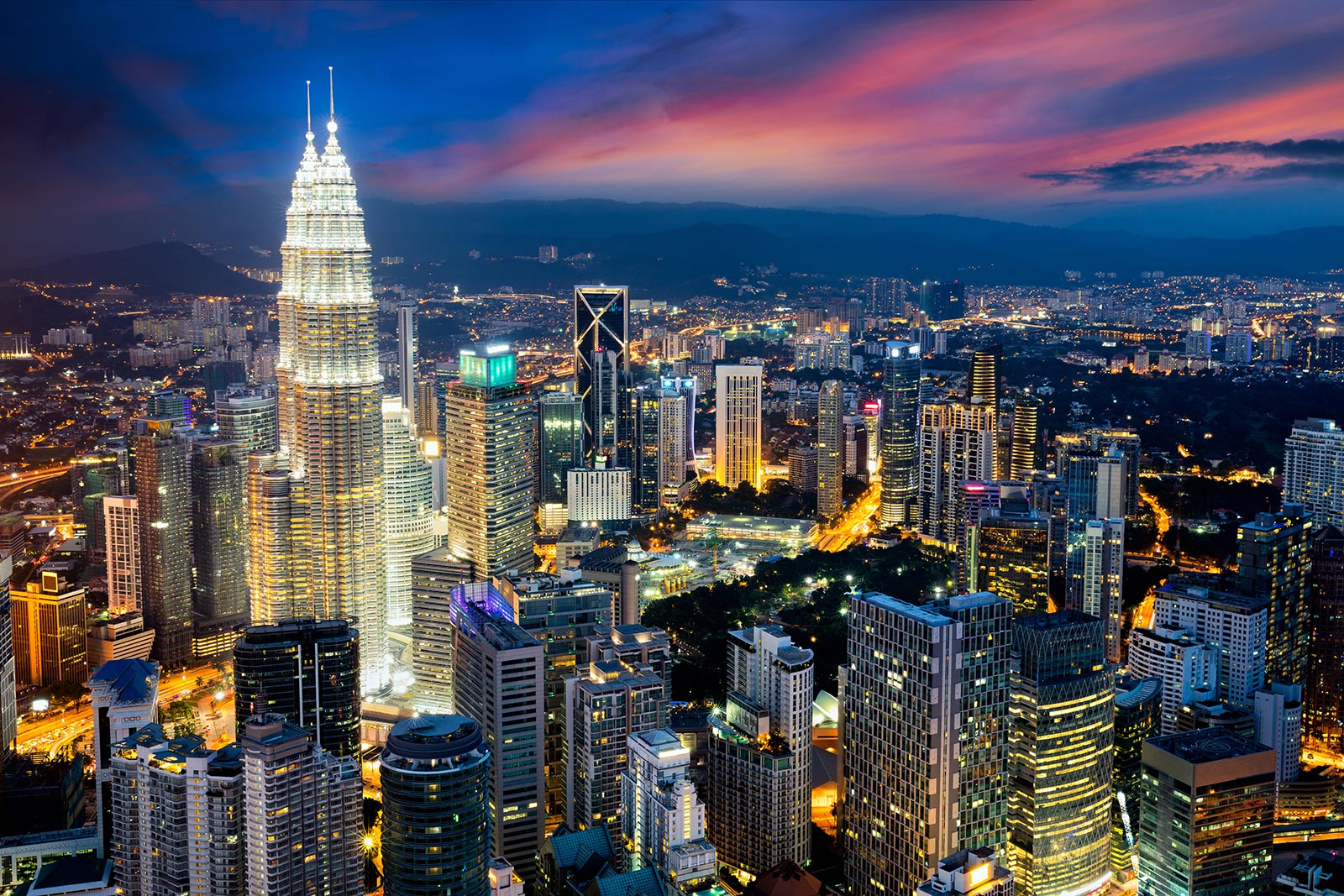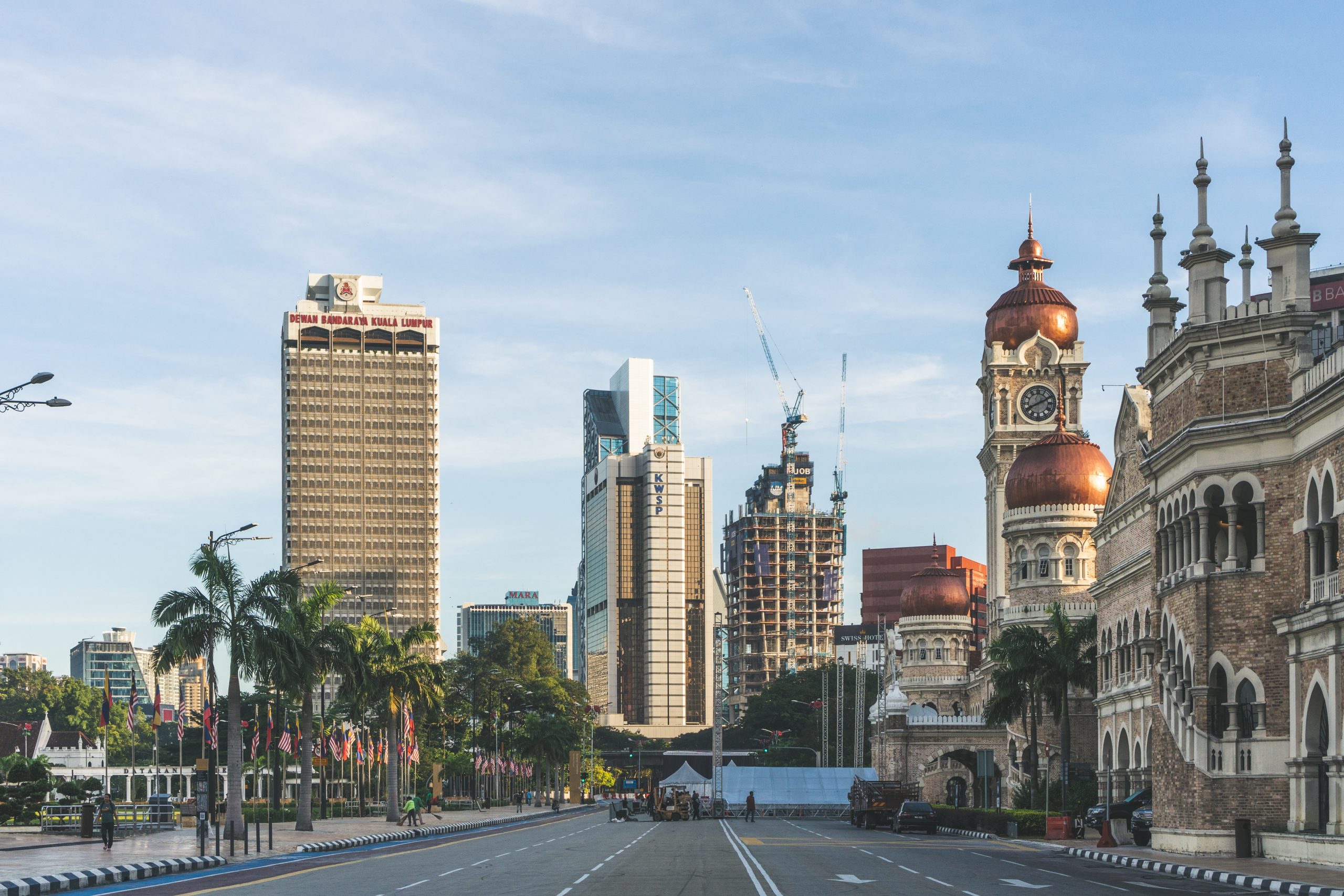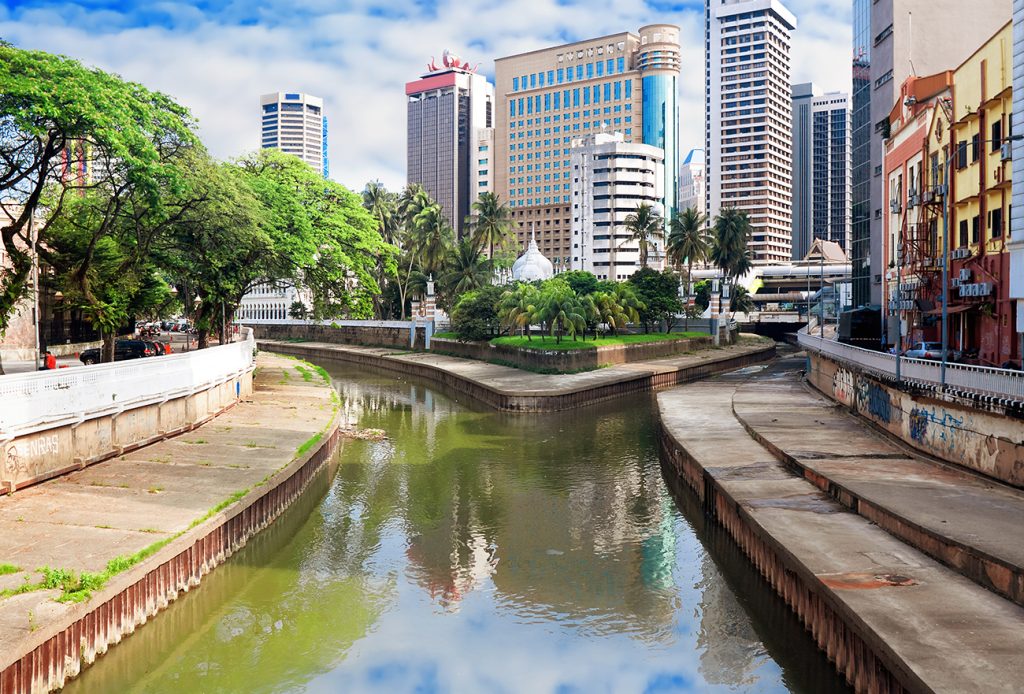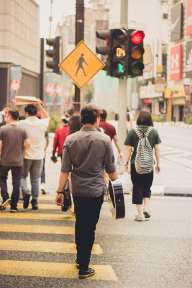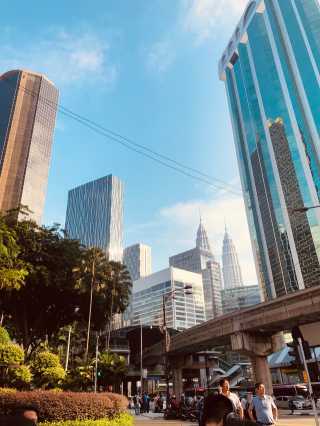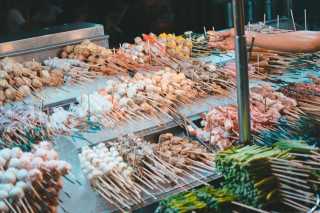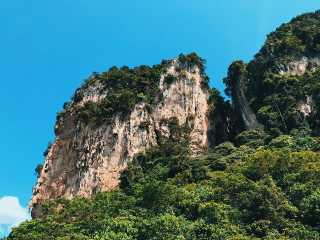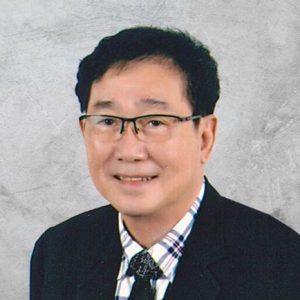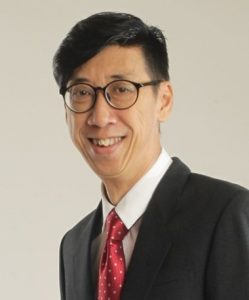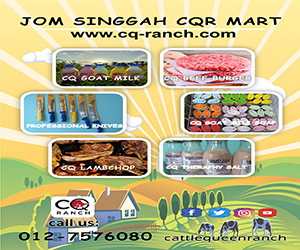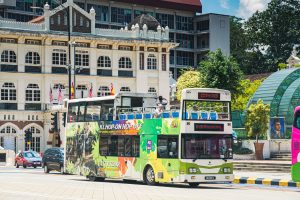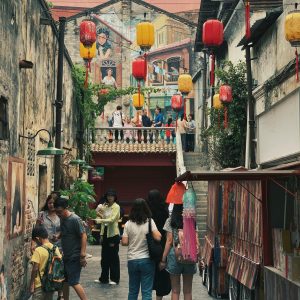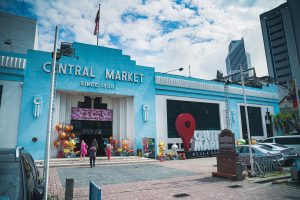HISTORY
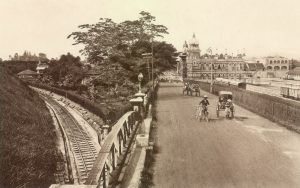
Headquarters of the F.M.S. Railways at Kuala Lumpur
The founding of KL, the national capital and Malaysia’s largest city, was almost an accident. In 1857, 87 Chinese prospectors in search of tin set up camp at the meeting point of the Klang and Gombak rivers, naming the spot Kuala Lumpur, meaning ‘muddy confluence’. Within a month all but 17 of the prospectors had died of malaria and other tropical diseases. But the tin they discovered attracted more miners and KL quickly became a mining boomtown.
From 1867 to 1874, the Chinese tin miners were involved in a war fought between Klang warlord Raja Abdullah Raja Jaafar and the disinherited Raja Mahadi Raja Sulaiman. The Chinese split into two camps with the Hai San group and the Ghee Hin group each taking opposing sides with Selangor’s warring Malay aristocrats.
Yap Ah Loy was appointed Kapitan Cina of Kuala Lumpur in 1868. Yap was the third leader to be appointed ‘Captain of the Chinese’ by the Selangor Sultan but he was the most successful, with legend pointing to his ability to keep the new settlement at peace with just 6 policemen. In those early years, KL was very much a ‘Chinatown’ and Yap as Kapitan China from 1868 to 1885 is credited by historians as the founding father of early KL.
In 1880, the state capital of Selangor was moved to the now strategic KL from Klang. By this date, Selangor had come under British administration where a colonial officer holding the title ‘Resident’ served as advisor to the sultan. One notable Selangor Resident was Sir Frank Swettenham who wrote the influential British Malaya; an account of the origin and progress of British influence in Malaya; and compiled A Dictionary of the Malay Language together with co-lexicographer Hugh Clifford. He gave his name to Port Swettenham which today has been renamed as Port Klang.
A huge fire which consumed much of the town in 1881 provided Swettenham the opportunity to build a more fire-resistant brick capital. Some of the handsome British colonial-Chinese buildings of this period of the town’s early development are still in use today.
In 1896, the now important town was made the capital of the newly formed Federated Malay States comprising Selangor, Perak, Negeri Sembilan and Pahang. The British colonial administration had grouped the four centrally located states of the Malay peninsula under the FMS umbrella just one year previously in 1895.
A general views Malaysia National Monument also known as Tugu Negara in Kuala Lumpur
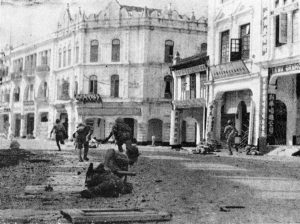
Japanese troops advancing up High Street in 1941 in Kuala Lumpur
The British maintained control over Malaya until the 2nd world war when Japanese forces invaded the country in the north on 8 December 1941. Japanese occupation of Malaya and Singapore ended in 1945 following Emperor Hirohito’s radio address to his people in August of that year announcing the acceptance of the Allied terms for ending the war. After the Japanese surrender, the British Military Administration returned to Kuala Lumpur.
On 1 April 1946, the British officially declared the establishment of the Malayan Union in King’s House in KL (now known as Carcosa Seri Negara).
During the period of the Malayan Emergency, when the colonial government of Malaya was fighting against the Communist insurgency, New Villages were established on the outskirts of the city in the 1950s to control covert support for the guerrillas.
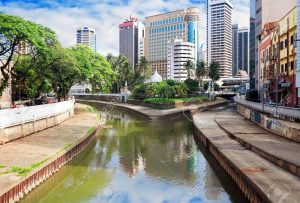
Klang(Kelang) river and Mosque Jamek among modern buildings in Kuala Lumpur, Malaysia
The most prominent of these were Jinjang New Village in Kepong to the north of Kuala Lumpur and Gombak. Today these are flourishing suburbs of the city’s extended boundaries. As people were moved from regions such as Ulu Klang and Lower Ampang into these new villages, the policy also had the effect of increasing the population of Kuala Lumpur.
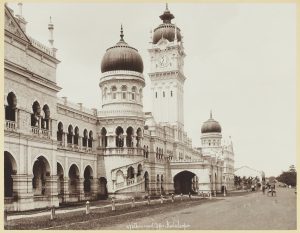
Sultan Abdul Samad Building in Kuala Lumpur
In 1957 when the country gained independence and was known as Malaya. Kuala Lumpur became the national capital. On 1st February 1972, KL was officially conferred city status. In 1974, the sultan of Selangor ceded KL to the central government to become the Federal Territory of Kuala Lumpur while the township of Shah Alam was made the new Selangor state capital in 1978 displacing KL.
In 1999, Putrajaya was made the administrative capital of Malaysia. Many government offices moved to the purpose-built Putrajaya but Parliament has remained in KL, and the city remains the national capital, and political and socio-economic powerhouse of the nation.
Two events in the recent past have marred the development of Kuala Lumpur. With the British defeat by the Japanese in Southeast Asia during the 2nd world war when Malaya was a British colony, the city was taken over by the Japanese military from 11 January 1942 to 15 August 1945.
The period, called “3 years and 8 months” brought much suffering to the town’s inhabitants as well as resulted in a significant loss of innocent lives. It is estimated that at least 5,000 Chinese were killed in Kuala Lumpur in just a few weeks of the occupation by Japanese forces, and thousands of Indians were sent as forced labour to work on the Burma Railway where a large number died.
After the atomic bombings of Hiroshima and Nagasaki in August 1945, the commander of the 29th Army, Lieutenant-General Ishiguro surrendered to the British army on 13 September 1945.
Another ceremony was held on 22 February 1946 in Kuala Lumpur for the formal surrender by the commander in chief of the Japanese Seventh Area Army in Singapore and Malaysia, Seishirō Itagaki, to the British administration.
The second event which has marred the city’s development was the country’s worst racial riots. Known as the May 1969 incident, the riots which resulted in burnings, looting and violence and left several hundreds dead had its epicenter in Kuala Lumpur.
The official narrative on May 69 has been challenged by many quarters and this tragic watershed in the country’s history still awaits closure as references continue to be made to it by groups attempting to justify the killings and racial hubris associated with it.
